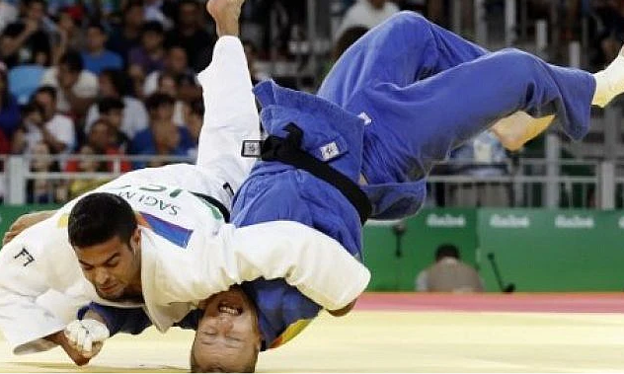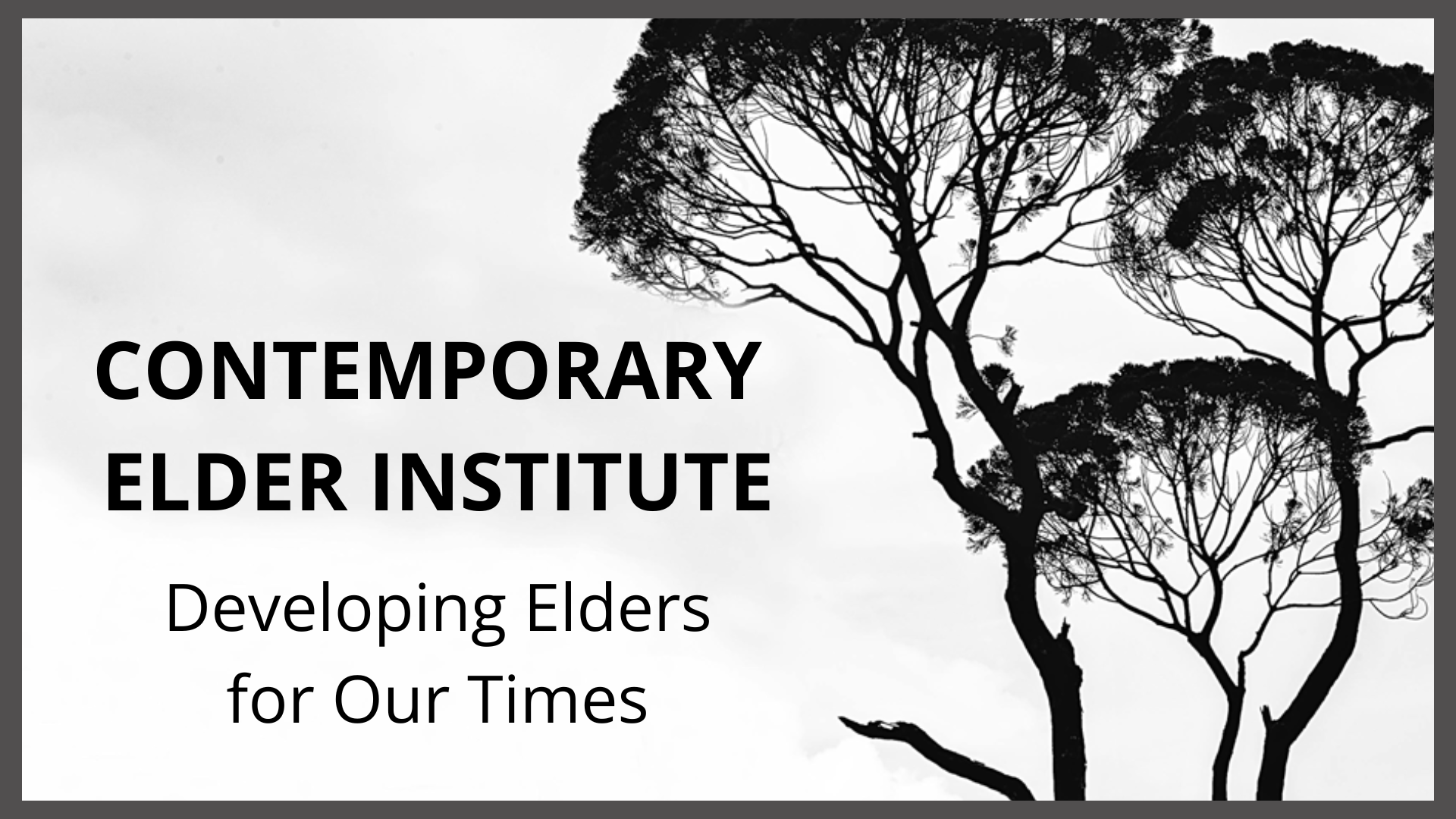THE ELDER AS JUDO MASTER
THE ELDER AS JUDO MASTER

JUDO, MINDFULNESS AND THE ELDER
The metaphor of Judo helps us understand mindfulness. Mindfulness is elemental and an ongoing practice of a contemporary elder.
A contemporary elder's mindfulness develops from meditation, conscious movement, nature emersions, and koan-like inquiry.
Mindfulness follows the first principle of Judo, non-resistance, using the opponent's energy and movements to your advantage rather than fighting them.
Mindfulness allows elders to witness their thoughts, emotions, and sensations without resistance. Elders know what resists persists. Elders learn to ungrip and release their thoughts, emotions, and body sensations.
Mindfulness changes how elders see and understand their aging. Mindfulness doesn't allow growing old to "throw" them.
Judo practitioners and elders learn to go with the flow of their opponent's movements. They adjust, become fluid, and stay at the edges of the moment—high awareness.
Mindfulness grants this flexibility and adaptability. Mindfulness disallows the clutching and grasping of thoughts or the combustion of emotions. All attention is on the opponent. The opponent will reveal the next move the Judo practitioners should take.
Mindfulness eliminates right or wrong, shoulds or shouldnt’s, and me or you. Mindfulness centers on what is, as it is, without judgment, assessment, or opinion—nothing to impede response time.
Judo emphasizes being centered and grounded to maintain balance and control. Like Judo, mindfulness moves a contemporary elder to be centered and grounded, so needed in the chaos and uncertainty of today's world. Mindful movement does the same. Being in nature, reverently and undisturbed works as well. Solid. Grounded. Bedrock. Centered.
Judo teaches the efficient use of energy and effort to achieve maximum results. Meditation and koan-like inquiry remove the mind clutter, opening the learning and hearing channels and allowing higher wisdom to emerge.
Higher wisdom allows an elder to do 'it,' whatever the 'it' happens to be, with far less effort and energy. An African proverb sums it up: "What an old man can see sitting down, the youth cannot see standing up."
In Judo and an elder's mindfulness, practitioners learn to control their emotions to make clear and rational decisions. Mindfulness enables you to regulate emotions by observing them rather than being possessed by them. This gives Judo practitioners and elders much greater capacity in challenging situations. And yes, aging is a difficult challenge.
Mindfulness requires self-awareness. Self-awareness opens the gate to ongoing and deeper self-understanding and self-development. But this self-awareness also extends outward to greater awareness of people and circumstances.
The metaphor of Judo illuminates the principles of mindfulness, such as non-resistance, adaptability, and centeredness, requiring minimal effort. By abiding by these principles, elders battle and defeat their "opponents" that block peace, grace, humor, love, appreciation, gratitude, and compassion for self and others. Elders have their black belts and consistently "throw" their opponents.
JUDO, THE SOUL AND THE ELDER
In many religious, philosophical, and mythologies, the soul is the human's incorporeal, intangible, and ethereal essence. Depending on the philosophical or religious system, a soul can be mortal or immortal. In our contemporary elder perspective, it is eternal and immortal.
Neither mortal nor immortal can be proven, confirmed, or verified. Which belief system to follow is, therefore, not a rational choice. There is no evidence to validate or invalidate. There is no "proof of concept." Faith is required, which is antithetical to the rational mind.
Given the values, characteristics, and qualities of clients I have worked with, most have reached the top of their professional success by cultivating powerful intellects. They are brilliant. They are resilient. They are innovative. They are doggedly determined. They have powerful egos. All qualities and characteristics are needed for professional and cultural success but are thick barriers to experiencing oneself as a soul.
But like Judo, in our elder work, we use the opponent's force, the forces of the intellect and ego, to break down the door to spirituality and to uncover the soul.
The intellect and the ego become opponents. Elders train to "throw" them.
The Four Elements of a Judo Throw
A Judo throw requires establishing a firm grip (Kumi Kata), getting your opponent off-balance (Kuzushi), getting into position (Tsukuri), and executing the throw (Kake).
It's not enough to embed the techniques into muscle memory; it's also crucial to understand the concepts behind the "throws."
First and foremost, a judo throw requires the establishment of a firm grip. The process of getting this grip - Kumi-Kata.
In becoming a contemporary elder, we get a grip on gripping. We disengage the mind and body's grip of its thoughts, feelings, and associated emotions. We use meditation, mindful movement, and koan-like inquiry. If you can't be griped, you can't be thrown.
The second conceptual element is Kuzushi, or off-balancing one's opponent.
The ego you have crafted is what you use to balance yourself in life. Operating beyond your ego is off-balancing. Engaging in meditation, yoga, and spiritual investigation is adversative to the ego, causing off-balancing.
"Who am I if I'm not my thoughts or feelings?" quickly incites a balance disorder. Contemporary elders' daily practices throw their ego-opponent off balance.
The third element is getting into position for the throw, otherwise known as Tsukuri.
Contemporary elders use Hatha Yoga, Jnana Yoga, meditation, silent meditation hikes in nature, mindful motion, labyrinth walking, journal writing, and group sharing to get themselves in position.
The fourth and final element is the execution of the actual throw, known as Kake.
When in position, the elder is in the moment, ready, keenly aware, and highly sensitive to the beginning of their opponent's first move. They can sense that first flicker of the ego or emotion, and their Judo-like programming instantly begins.
Before, elders would find themselves face down on the mat. Ego and intellect stand triumphantly over their flattened body. Now, with practice, elders can cleanly execute a shoulder throw.
A shoulder throw involves a competitor turning and lifting their opponent on their back while keeping both hands on the opponent's judogi and throwing the opponent over their shoulder.

Elders can throw the many tribulations of aging and living over their shoulder.
In closing, mindfulness is the Judo of the mind.
ANNOUNCEMENTS
Our inaugural Sangha monthly newsletter will be posted in October.
The podcast with Reverend Stephen Garrett on mortality and immortality will be available on our Website in two weeks.
The next Guest Sangha call, where Sangha members can bring interested parties, is on September 27th. Guests can register
here.
